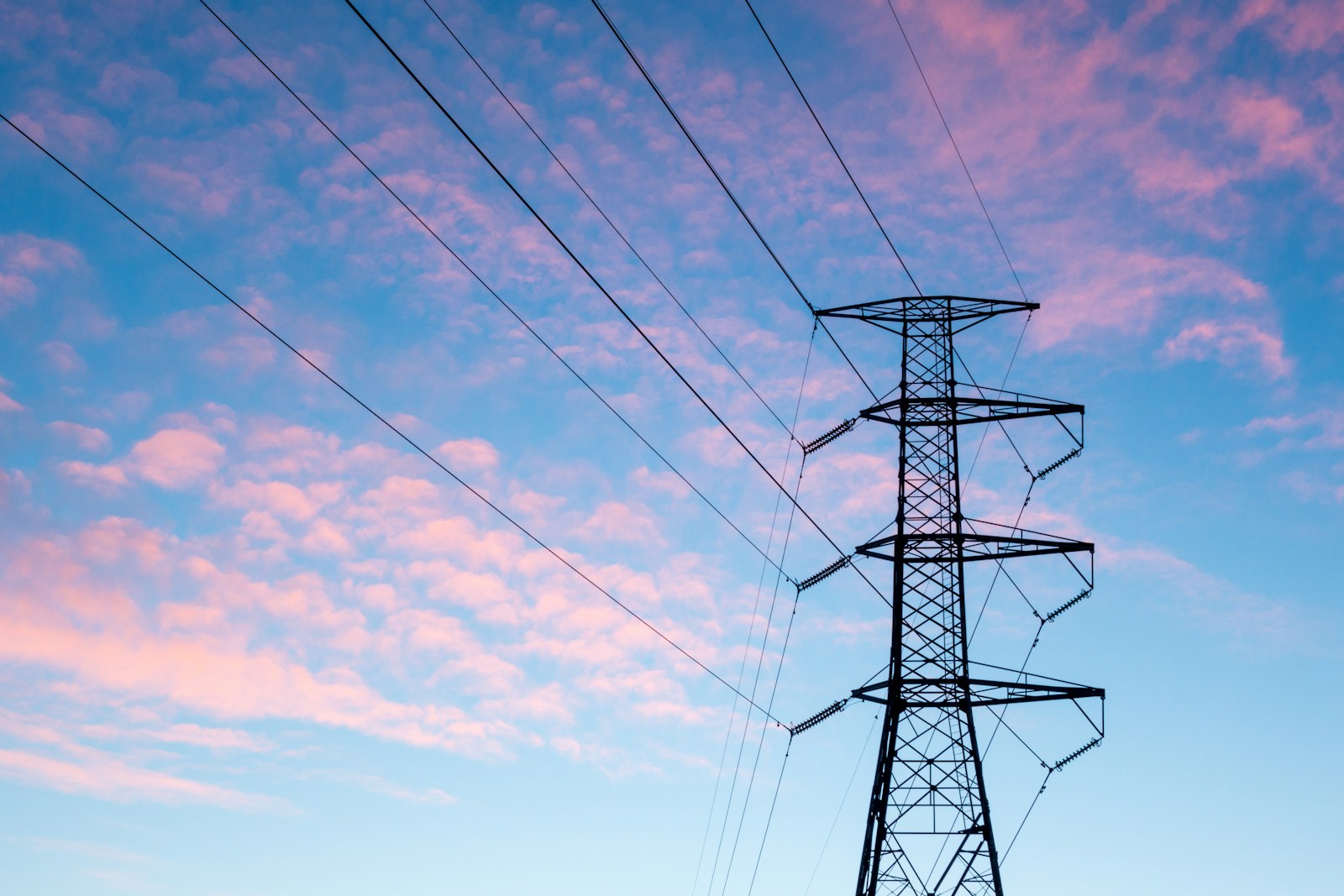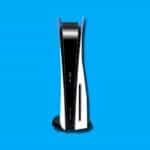Electricity is a foundational form of energy that is intrinsic to countless aspects of our daily lives. From powering our homes and devices to propelling the wheels of industry, it plays a crucial role in the modern world. It begins with the concept of atoms, which are the basic building blocks of matter. Each atom contains electrons, and it is the movement of these electrons that generates electricity. Electrons can move from one atom to another, and when this movement is harnessed and controlled, it can be used to provide power.
How Electricity Works
| Concept | Explanation | Examples |
|---|---|---|
| Electric Charge | The fundamental property of matter that causes it to experience a force in an electromagnetic field. There are two types: positive and negative. | Protons (positive), Electrons (negative) |
| Static Electricity | The buildup of electric charge on the surface of an object, usually due to friction or contact. | Rubbing a balloon on hair, lightning |
| Current Electricity | The continuous flow of electrons through a conductive material. | Power lines, wires in your house, batteries powering devices |
| Conductor | A material that allows electric current to flow easily. | Copper, silver, gold, aluminum, water |
| Insulator | A material that resists the flow of electric current. | Rubber, plastic, glass, wood, air |
| Circuit | A closed loop that allows electric current to flow from a power source, through components, and back again. | Light bulb circuit, wiring in your home |
| Voltage | The electrical potential difference that drives electrons to flow (like water pressure in a pipe). | Batteries (1.5V, 9V), wall outlets (120V in the US) |
| Resistance | The opposition to the flow of electric current. | Light bulb filament, resistors in electronic circuits |
Additional Key Concepts:
- Direct Current (DC): Electric current flowing in one direction (example: batteries)
- Alternating Current (AC): Electric current that periodically reverses direction (example: power grid)
- Power: The rate at which electrical energy is transferred (measured in Watts)
- Magnetism: A force created by moving electric charges that can attract or repel materials. Electromagnets harness this relationship.
Understanding electric current is vital to grasping how electricity works. Electric current is the flow of electrons through a conductor, such as a wire, and is measured in amperes. This flow of electrons is what lights up our bulbs and runs motors. Electricity generation and distribution involves converting various sources of energy like coal, natural gas, wind, or solar power into electrical energy, which is then transported over long distances through an intricate network of power lines and transformers before it reaches consumers.
Key Takeaways
- Electricity is generated by the movement of electrons and is a critical source of power in our lives.
- An understanding of atoms, electrons, and electric current is essential to comprehending how electricity functions.
- Electrical energy is produced from various sources and is distributed through a widespread network to end users.
Fundamentals of Electricity
Electricity is a fundamental form of energy observable in everyday life, essential for powering countless devices and systems. Its principles revolve around the behavior of subatomic particles and their interactions.
Atoms and Electrons
Atoms are the building blocks of matter, each consisting of a nucleus made up of protons with a positive charge and neutrons with no charge. Surrounding the nucleus are electrons, negatively charged particles that orbit at various distances. When these electrons move from one atom to another, this flow generates electricity.
Electric Charge and Force
Electric charge is a property of subatomic particles. Charges come in two types: positive, carried by protons, and negative, carried by electrons. Like charges repel each other, while opposite charges attract. This interaction is described by the electric force, one of the four fundamental forces in nature.
Current, Voltage, and Resistance
- Current (measured in amps) is the rate at which charged particles flow through a material.
- Voltage (measured in volts) is the force that pushes the charged particles through a circuit.
- Resistance (measured in ohms) is the opposition to current flow. Materials with low resistance let electricity flow easily, while high resistance slows it down.
Conductors and Insulators
Conductors, like copper, allow electricity to flow through them with low resistance. They are often used to make wires and connections in electric circuits. On the flip side, insulators, such as rubber and plastic, have high resistance and prevent the flow of electrons, protecting us from electric shocks.
Electricity Generation and Distribution
Understanding how electricity reaches our homes involves a journey from energy generation at power plants to distribution along power lines.
From Energy Sources to Power Grid
Electricity starts its journey at power plants where various energy sources like coal, natural gas, nuclear, solar, wind, and hydro are converted into electrical power. Fossil fuels such as coal are burned to heat water into steam, which spins a turbine connected to an electric generator. This motion creates electrical current. Similarly, renewable energy sources like solar panels capture sunlight, and wind turbines use the wind to generate energy. Aside from direct generation, some sources serve as primary sources of energy that can be transformed into secondary energy sources, like electricity, for easier transportation and use.
Renewable and Non-Renewable Resources
- Non-Renewable Resources: These include coal, natural gas, and nuclear energy. They have been the traditional backbone for electricity generation but pose environmental concerns and are finite.
- Renewable Resources: These include sources like solar energy, wind energy, and hydroelectric power. They are favored for being sustainable and causing less environmental impact.
Electricity in Our Homes
Once electricity is generated, it travels from the power plants through a complex system known as the grid. This network includes high-voltage power lines that efficiently carry electricity over long distances. Upon reaching communities, the voltage is reduced at substations and sent through smaller power lines to safely supply electricity to our schools, hospitals, and homes.
Frequently Asked Questions
This section aims to clarify how electricity functions in our everyday lives and its underlying principles.
What are the different types of electricity and how do they work?
Electricity can be categorized into two main types: static and current. Static electricity is the build-up of an electrical charge on the surface of an object, which remains until it is discharged. Current electricity, on the other hand, is the steady flow of electric charge through a conductor, typically in the form of either alternating current (AC) or direct current (DC).
What are the basic principles of electricity?
The basic principles of electricity involve the understanding of electric charge, electric force, and electric fields. Atoms consist of protons with a positive charge, electrons with a negative charge, and neutrons which are neutral. Electricity occurs due to the behavior of electrons, which can move from one atom to another, creating an electric current.
Can you list some everyday examples of electrical energy?
Examples of electrical energy in daily life include lighting in homes, the operation of appliances like refrigerators and microwaves, mobile devices being charged, and the functioning of computers. These everyday uses all rely on the flow of electrical energy to work.
What are the primary sources of electricity?
The primary sources of electricity are fuels like coal, natural gas, and oil, along with nuclear power and renewable resources such as solar, wind, and hydroelectric energy. These resources are used to produce electricity through various generation methods.
How does an electrical circuit function?
An electrical circuit functions by providing a path for electric current to flow. To complete a circuit, there must be a power source, such as a battery or generator, conductors like wires, and a load, which is the device that uses the electricity. The path must be closed, meaning it has no breaks, for the electricity to flow through it.
What is the process through which electricity is generated and distributed to our homes?
Electricity generation typically starts in a power plant, where a fuel source is used to turn turbines, which then drive generators to produce electrical power. This electricity is then sent to substations where the voltage is adjusted for long-distance travel. High-voltage transmission lines carry the electricity to distribution systems, which reduce the voltage further for safe use in homes and businesses.







